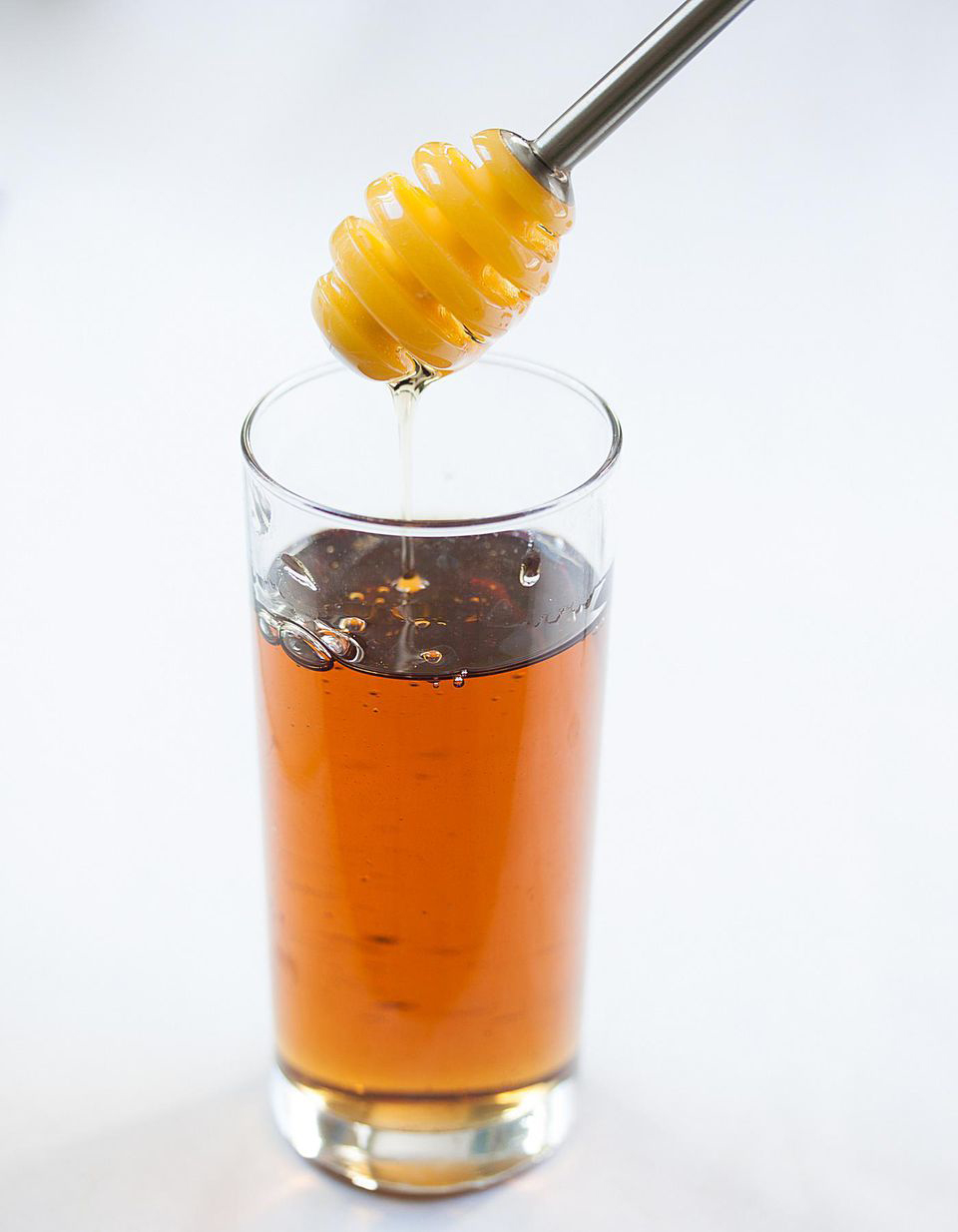

However, many companies do not distinguish their products by color, and most products fall between that color range. Agave is sometimes distinguished by color: light (which is light golden) or dark/amber (which is a reddish mid-brown). IdentificationĪgave is a liquid sweetener, with a viscosity similar to maple syrup. Most of the agave plants to make syrup (and tequila) live in Mexico. The yield of this process is a viscous, golden liquid with a neutral, highly-sweet taste.įun fact: Agave syrup and tequila come from the same plant. The sap is then extracted from the core, and heated to concentrate the sugars. When the agave plant is harvested for syrup, the leaves are cut off, revealing a sap-rich core.

Whether “healthier” compared to others sugars or not, agave is a concentrated sweetener, and all sweeteners are best used sparingly.Īgave syrup is made from a desert succulent plant with large sword-like leaves. Since then, opinions have scattered as some argue that the high concentration of fructose sugars found in agave are potentially even more damaging to the body than other sugars. When it was first introduced to mainstream consumers, agave syrup, which is also called agave nectar, was touted as a “healthy” alternative to sugar, mainly due to its lower rating on the glycemic index. OverviewĪgave syrup is a liquid sweetener that’s sticky with controversy. When it comes to the debate over whether agave syrup is healthy or not, remember that agave is a concentrated sugar just like honey, maple syrup, and cane sugar. Although it is not a significant source of any nutrients (except sugar), this golden, viscous syrup offers a clean, neutral sweet taste, and can be used in many recipes. As with all other sweeteners, agave syrup is not a problem unless it is used in excess. However, agave syrup contains high amounts of fructose sugars which may be more challenging for the body to metabolize than other sugars. When it was first introduced to mainstream consumers, agave syrup was promoted as a “healthy” alternative to sugar, mainly due to its low glycemic rating. Agave syrup, also called agave nectar, comes from the concentrated sap of the agave plant, a large, spiky-leafed desert succulent native to Mexico.


 0 kommentar(er)
0 kommentar(er)
